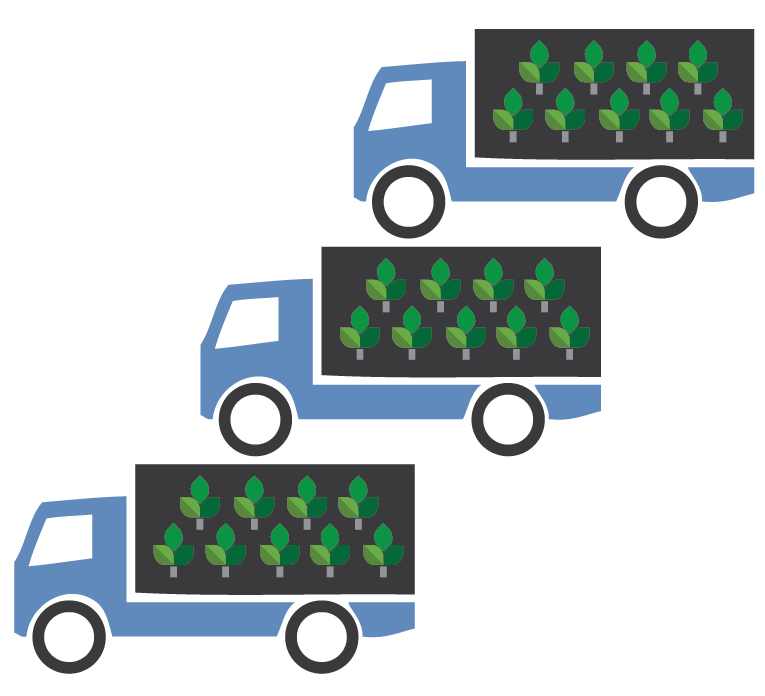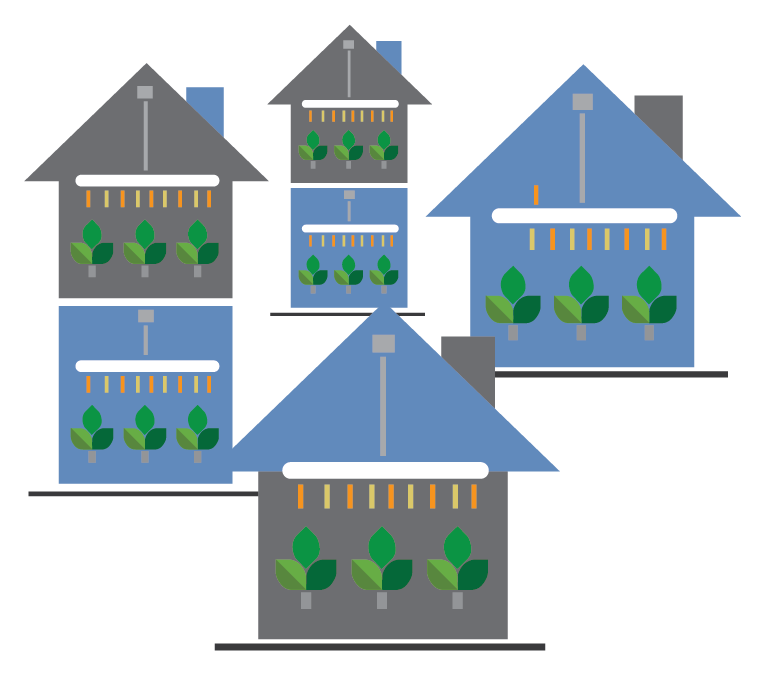


By the year 2050, nearly 80% of the earth’s population will reside in urban centers. Applying the most conservative estimates to current demographic trends, the human population will swell to 9 billion by 2050. Vertical farming will be the best solution of producing food on vertically inclined surfaces. Instead of farming vegetables and other foods on a single level, such as in a field or a greenhouse, this method produces foods in vertically stacked layers commonly integrated into other structures like a skyscraper, shipping container or repurposed warehouse.
Planet QEOS vertical farming system powered by our Better Sun Technology™, enables your emerging horticultural business model to have the shortest Return On Investment (ROI) by providing a resources-efficient (energy, water and land) and maximize yield. We provide turnkey solutions to identify and test the perfect vertical farm setup to maximize their planned harvest’s size, nutritional value and visual appeal.
In a controlled environment, farmers are able to monitor and tweak parameters such as Photosynthesis Active Radiation (PAR) wavelength spectrum, photon flux density, the length of the growing day, C02 concentration, humidity, nutrients and temperature, to ensure that their proposed farm will be commercially sustainable prior to construction. The resulting data supports business planning activity and minimizes risks previously associated with vertical farming.



1. Supply enough food in a sustainable system to be able to produce high yield for the foreseeable future.

2. Allow large areas of land to revert to the natural landscape restoring ecosystem functions and services.

3. Take advantage of abandoned and unused urban spaces.

4. Break the transmission cycle of agents of disease associated with a contaminated environment.

5. Allow year-round food production without loss of yields due to climate change or weather-related events.

6. Eliminate the need for large-scale use of pesticides and herbicides.

7. Create an environment that encourages sustainable urban life, promoting a state of good health for all those who choose to live in cities.